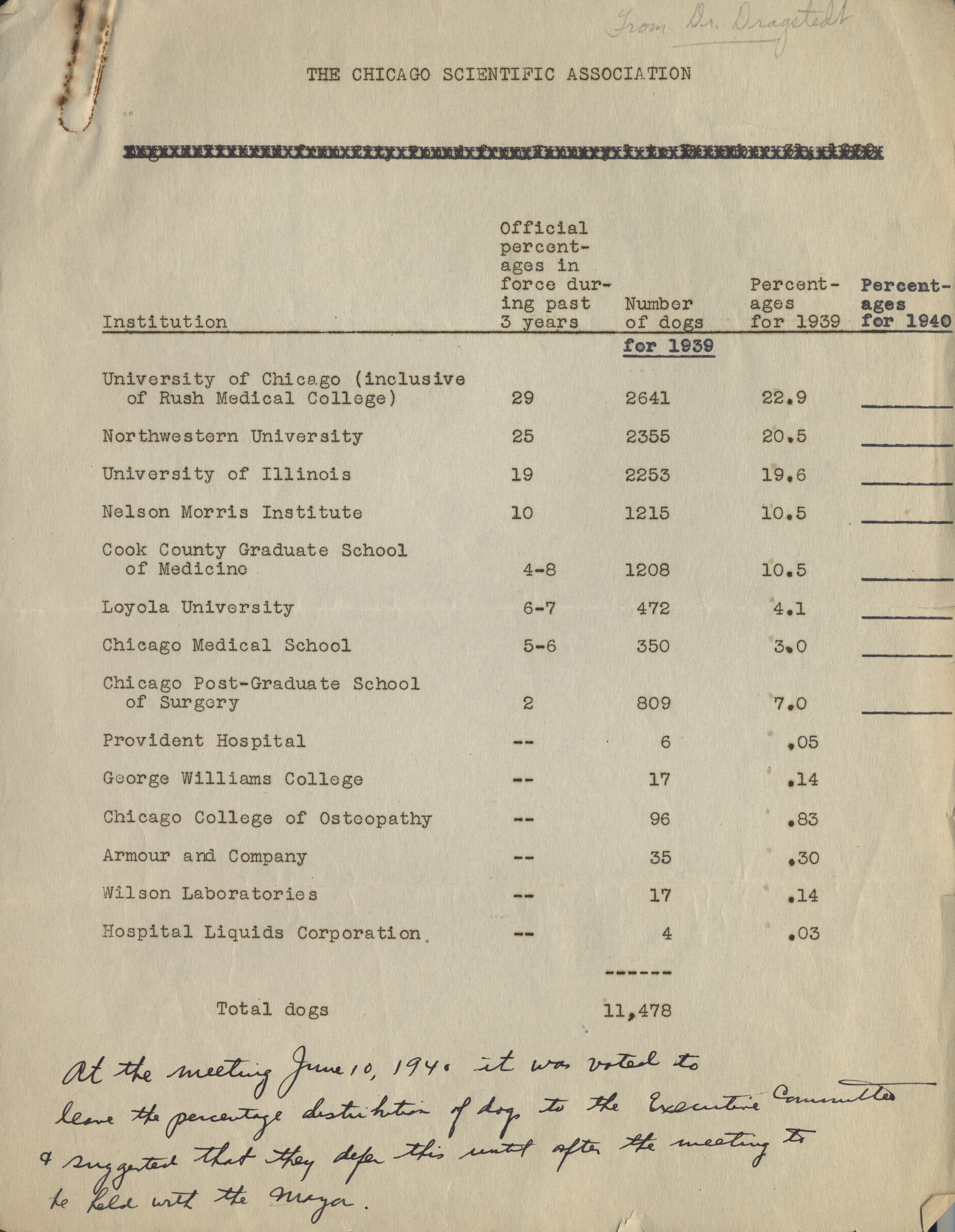The Debate at Midcentury
The middle of the twentieth century was a period of triumph for scientists who had struggled against organized antivivisection protests. Public opinion polling, itself a novel technology in American life, showed that citizens were largely convinced by arguments from researchers. Animal experimentation was essential to major medical breakthroughs, many believed, and they perceived critics as rich and out-of-touch socialites threatening the health of the common man. Researchers could also point to increasingly exacting standards for keeping animals in good health. Many began to wonder, at first quietly and then more publicly, whether the antivivisection movement had been defeated once and for all.
The answer was complicated. It was true that antivivisection was no longer effectively mobilizing public opinion in the way it once had. Fewer people were donning that particular mantle. But a new struggle against animal experimentation was also just around the corner, with critics beginning to couch their arguments in terms of animal rights and adopting new tactics to sway public perceptions of animal science.
The Illinois Society for Medical Research Records
Once researchers overcame the most immediate threat of legislation banning the use of dogs, they then faced the equally serious challenge of managing the dog supply. As this table demonstrates, Chicago-area workers used over 13,000 dogs per year in research and teaching, but desired nearly 3,000 more. Sourcing this many dogs was no easy feat.

